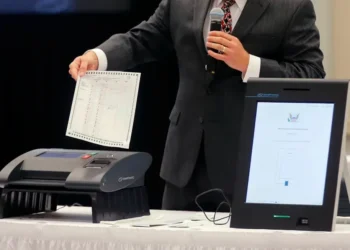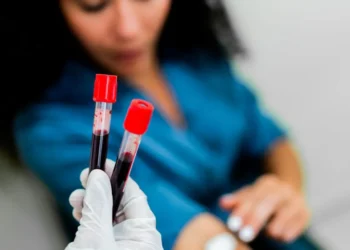Trump Diagnosed with Chronic Venous Insufficiency, White House Says
Condition common in older adults; doctors say former president remains in “excellent health”
White House Reveals Leg Swelling Linked to Circulatory Condition
Former President Donald Trump has been diagnosed with chronic venous insufficiency (CVI), a circulatory condition that impairs the veins’ ability to return blood to the heart, particularly from the lower limbs. The announcement came Thursday from White House press secretary Karoline Leavitt following public speculation over visible leg swelling and bruising on Trump’s hand in recent weeks.
According to a memo from Dr. Sean P. Barbabella, the physician to the president, Trump noticed mild swelling in his legs, prompting a comprehensive medical evaluation that confirmed the diagnosis. Dr. Barbabella described the condition as benign and common in older adults. Trump, who is 79, remains in “excellent health,” the physician added.
What Is Chronic Venous Insufficiency?
Chronic venous insufficiency occurs when veins—typically in the legs—struggle to efficiently return blood to the heart, often due to weakened or damaged valves. As a result, blood can pool in the lower extremities, leading to swelling, discomfort, and sometimes more serious complications like varicose veins or venous ulcers.
Medical experts say CVI affects between 10 and 35 percent of U.S. adults and is more prevalent in people over age 70. Other risk factors include obesity, smoking, prolonged standing, and pregnancy.
“This is a mechanical issue where the veins must work against gravity,” explained Dr. Prakash Krishnan, director of endovascular services at Mount Sinai Fuster Heart Hospital in New York. “When those valves weaken, blood backs up, increasing pressure in the veins and leading to symptoms.”
Conservative Treatment Comes First
Most patients with CVI start with non-invasive treatment. Doctors often recommend compression stockings, which apply gentle pressure to help push blood upward. Lifestyle modifications—such as elevating the legs, weight management, and exercises that improve circulation—are also commonly prescribed.
In more advanced cases, minimally invasive procedures like sclerotherapy (injecting a solution to collapse faulty veins) or endovenous thermal ablation (using laser or radiofrequency heat to seal veins) may be used. The body then redirects blood flow through healthier veins.
Hand Bruising and Routine Tests Also Addressed
In addition to his leg swelling, Trump had visible bruising on his hand. Dr. Barbabella attributed it to frequent handshaking and the blood-thinning effects of aspirin, which Trump takes regularly as part of his heart health routine.
As part of the full evaluation, Trump also underwent blood tests and an echocardiogram. All results came back within normal limits, showing no signs of cardiac, kidney, or systemic issues, according to the physician.
“President Trump remains in excellent health,” Dr. Barbabella concluded in the memo.
A Common Condition in Aging Adults
While chronic venous insufficiency can be uncomfortable, it is rarely life-threatening when managed appropriately. Medical professionals emphasize that with proper care, most patients—Trump included—can maintain an active and healthy lifestyle despite the diagnosis.
Source: The New York Times – Trump Was Diagnosed With Chronic Venous Insufficiency. What Is It?


















